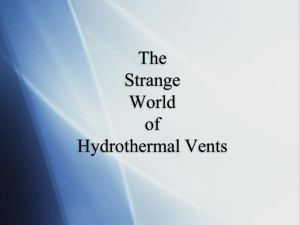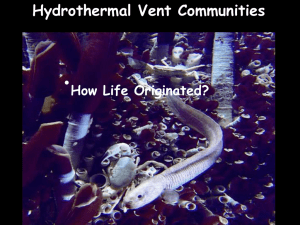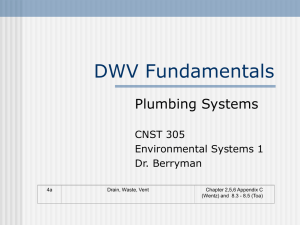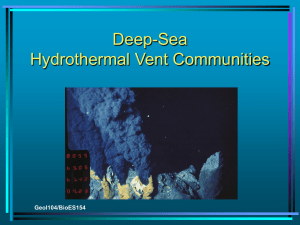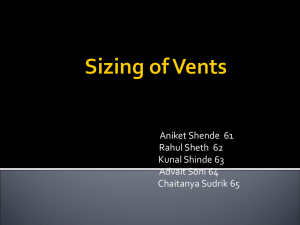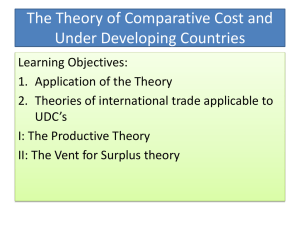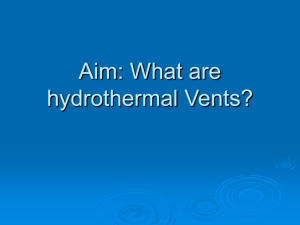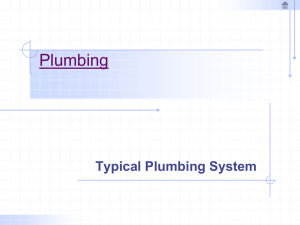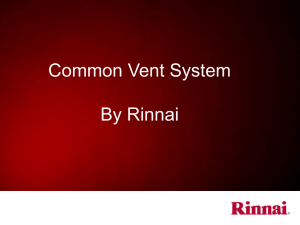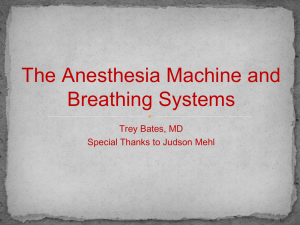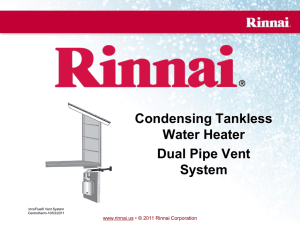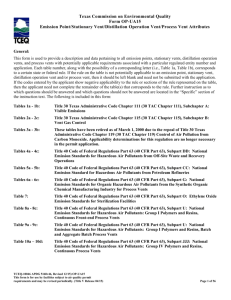Hydrothermal Vents
advertisement
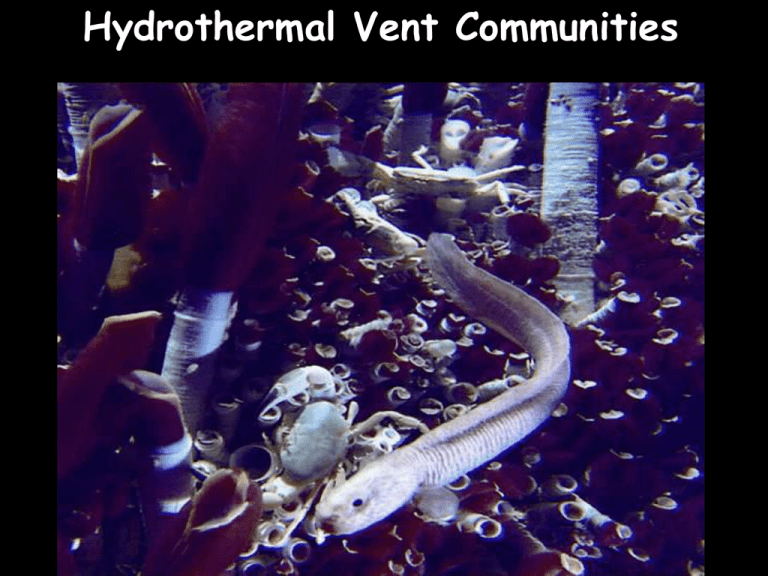
Hydrothermal Vent Communities Hydrothermal vent discovery-1977 Hydrothermal Vents 1. Cold seawater sinks down through the crust. 2. O2 and K are removed from the seawater. 3. Ca, SO4, and Mg are removed from the fluid. 4. Na, Ca, and K from the crust enter the fluid. 5. Highest temperatures (350-400 oC), Cu, Zn, Fe, and H2S from the crust dissolve in the fluids. 6. Hot & acidic fluids with dissolved metals rise up through crust. 7. The hydrothermal fluids mix with cold, O2-rich seawater. Metals and sulfur combine to form metalsulfide minerals: MnO2, FeO(OH), … www.pmel.noaa.gov/vents Black & White smokers Metals & O2 Silica and Anhidrite Diffuse flow of water Smoker chimney section Hydrothermal Vent Distribution Pink, western Pacific; green, northeast Pacific; blue, East Pacific Rise; yellow, Azores; red, Mid-Atlantic Ridge; orange, Indian Ocean Hydrothermal vent age estimates • • • • Age 20-100 years Decades <10 years < 6 months • • • • Technique sulfide dating mollusk shells heat loss submersible observations Hydrothermal energy source H2S + O2 SO4 ++ H+ + ATP • Chemosynthetic (sulfur oxidizing) • Thermophilic Bacteria (up to 120oC) • Hot, anoxic, sulfide rich water mixes with Cold oxygenated water • Hydrothermal Vents as origin of Life? Bacterial mat www.divediscover.whoi.edu/i Bacteria from 120oC http://mollie.berkeley.edu/~volkman/ Vent biological communities • BACTERIA (Bacteria and Archea) • 400 morphological invertebrate species – New species every 2 weeks during 25 years! • Evolutionary Origin – – – – Derived from surrounding Deep Sea Derived from Shallow Water species Many evolutionary radiations at species level Many vent taxa originated at other organically enriched environments (cold seeps and whale bones) • Vents as stable refugia from Global extinctions Cold Seeps • • • • CH4 + O2 CO2 + H20 +ATP CH4 CH3- + H+ +ATP H2S + O2 SO4 ++ H+ + ATP Hydrocarbon reservoirs “methane bubbling” Continental shelves and Trenches 200 invertebrate species Whale skeletons & sunken logs H2S + O2 SO4 ++ H+ + ATP • Osteophiles • Potential ‘stepping stones’ for certain invertebrate vent species Invertebrate food sources Food chain based on sulfur-oxidizing bacteria • Symbiosis with Bacteria – Vestimentiferan tube worms – Vent Mussels and vent clams • Ingestion of Bacteria – Grazers (gastropod limpets and snails) – Filter Feeders (vent shrimp, polychaete worms, amphipods, anemones) • Predators – Ventfish, octopus • Scavengers – Crabs Oceanic vent Biogeography Atlantic vents • Vent shrimp Indian vents • Vent shrimp • Anemones • Pacific vent species East Pacific vents • Vestimentiferan worms • Alvinellid polychaetes Vestimentiferan worms http://web.uvic.ca/%7Everenat/364-13.jpg http://www.ifremer.fr/droep/Driftia.html Vent Mussels (Bathymodiolus ) www.divediscover.whoi.edu/i www.divediscover.whoi.edu/i Vent Clams (Calyptogena) Vent Shrimp (Bresiliidae) www.ifremer.fr/ Alvinellid worms Vent limpets http://web.uvic.ca/~abates/ www.divediscover.whoi.edu/i www.senckenberg.uni-frankfurt.de/ Vent Crabs Ventfish (Thermarces cerberus) www.divediscover.whoi.edu/i Periferic filter feeders Larval dispersal between vents Vent Plumes www.pmel.noaa.gov/vents/PlumeStudies Tubeworm spawning Ocean Crust Age Mid Atlantic Ridge http://faculty.washington.edu/lyn4/images/iceland.jpg East Pacific Rise Spreading rate and Plume incidence www.pmel.noaa.gov/vents/PlumeStudies Fast and Slow spreading ridges VanDover et al. 2002 (Science) Electromagnetic emissions by vents White et al. 2002 Light organs in vent organisms www.deepsea.com/ Jinks et al. 2003 (SCIENCE) Vent community regulation EPR Pacific http://mollie.berkeley.edu/~volkman/ Vent community regulation Snake-Pit Mid Atlantic Ridge Vent community regulation Indian Ocean Vent community regulation • Physical factors – Temperature • Ecological factors – – – – Competition Larval supply Predation Ecological cascading – Keystone predators http://www.pmel.noaa.gov/vents/nemo/index.html Lost City Chemical Reactions Olivine Density = 3.3 g/cm3 Serpentine Density = 3.3 g/cm3 40% Increase Volume Lost City • Serpentinization – Olivine Serpentine (hydration) – Exothermic reaction 260°C – Basic fluids pH 9-10 (CaCo3 precipitate) – Fluids contain high CH4 and H2 – 30.000 of Age
